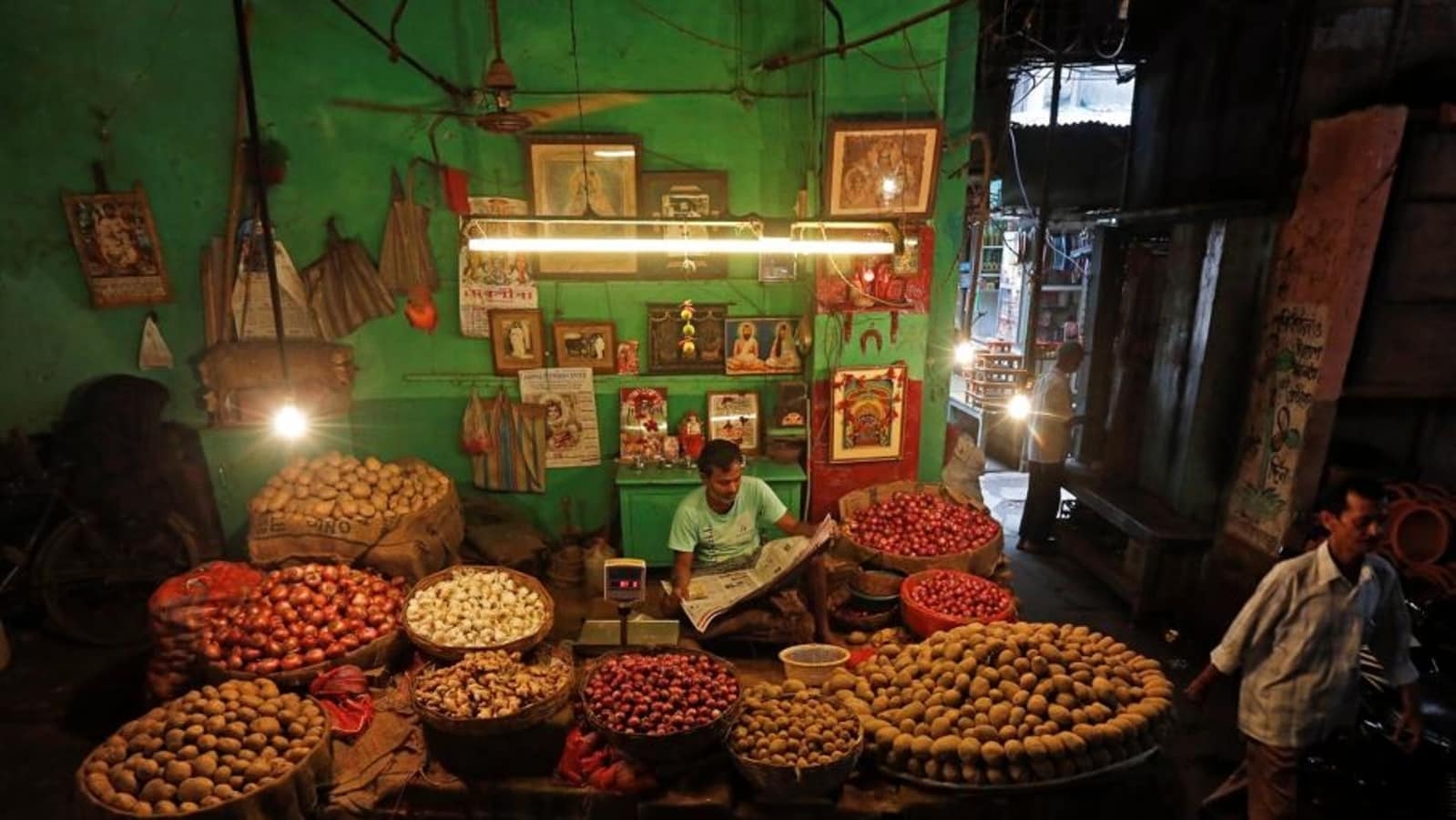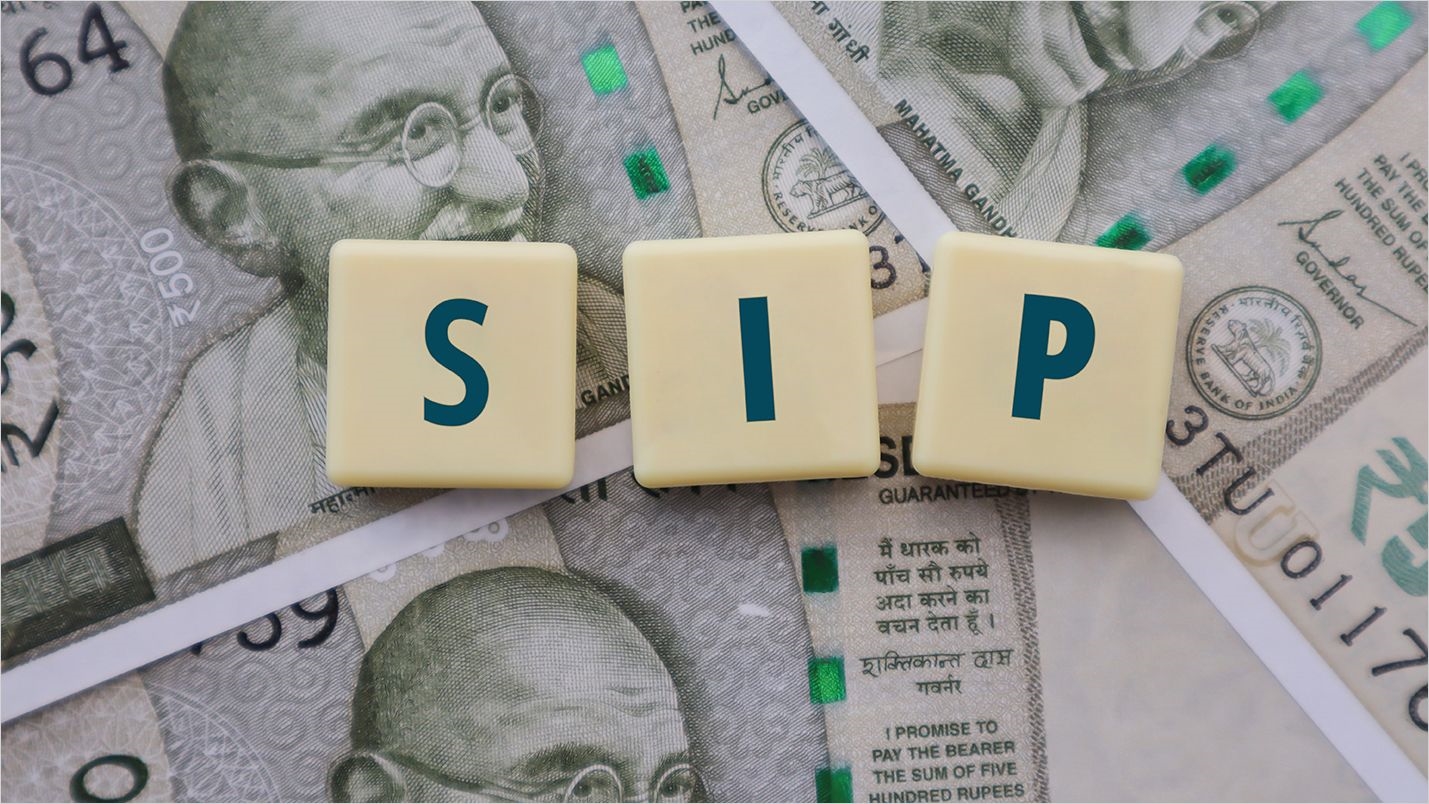Retail inflation measured by the Consumer Price Index (CPI) surpassed the RBI’s upper tolerance level in January after dropping for the previous two months and increased from 5.72% in December to 6.5 percent. The more expensive cereals, along with spices and other food items, are one of the main causes of the increase to a three-month high. Under the Monetary Policy framework, the intended inflation range is 2–6%, with a median rate of 4%. Another round of policy interest rate hikes cannot be ruled out with the inflation rate once more exceeding 6% and core inflation remaining above 6%.
Since May 2022, the MPC has increased rates six times, adding up to a total increase of 250 basis points, or 2.5 percentage points, which has affected both deposit and loan interest rates. Retail inflation in rural areas was greater in January than in urban areas, coming in at 6.85%compared to 6%. These two rates were 6.05% and 5.39%, respectively, in December. The food inflation rate increased to 5.94% in January despite the fact that inflation for vegetables remained negative (11.7% in January compared to 15.08% in December) (4.19%).
According to Sunil Kumar Sinha, Principal Economist at India Ratings and Research (Ind-Ra), core inflation has been stable over the past few months, once again coming in at 6.1% in January. The sticking is mostly a supply-side problem. He said that he hoped the industrial sector’s pricing power would lessen with the easing of global commodity prices and the normalisation of supply chains.
“We have increased our forecast for the Q4 of FY23 average CPI inflation to 6.2% from 6.1%, which exceeds the projection provided last week by the MPC, suggesting that another rate hike will be in the works in April,” said Aditi Nayar, Chief Economist at ICRA.

